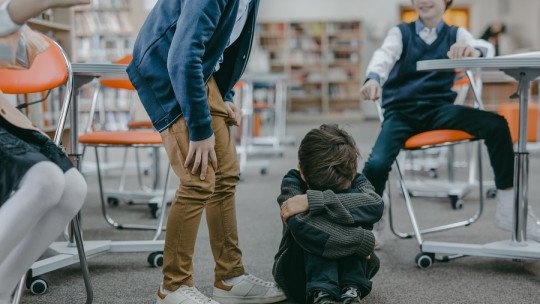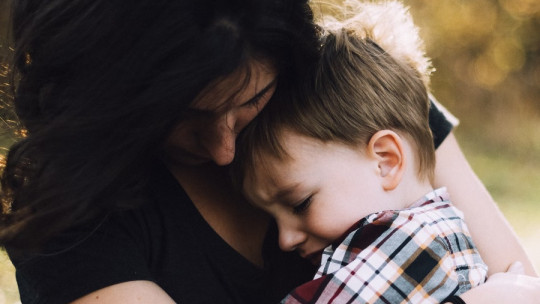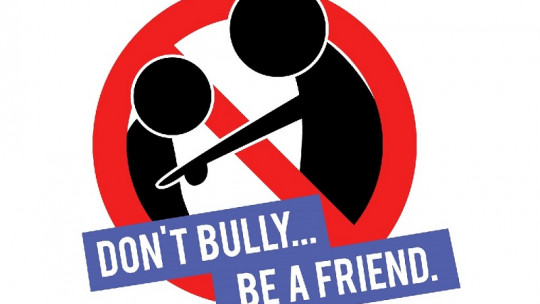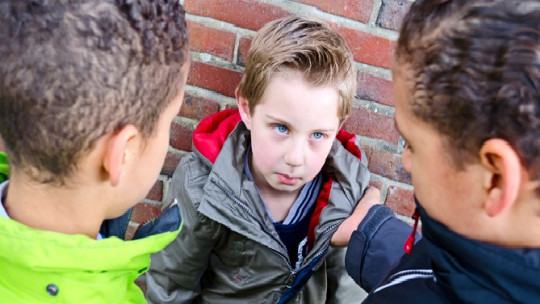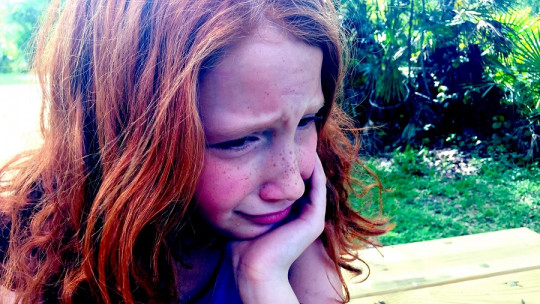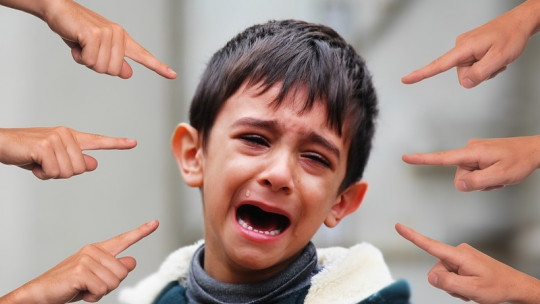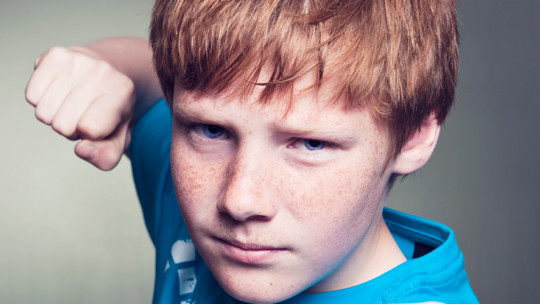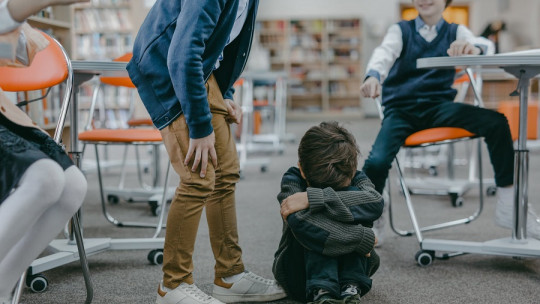
Bullying, or bullying, is one of the main problems in the educational field that both victims and parents, as well as educators, have faced for years.
In recent years, the level of social awareness regarding this type of violence dynamics that are, unfortunately, so frequent in educational centers has increased. This is something very positive, given that if a few decades ago this type of harassment was seen as something normal or even desirable (interpreted as a way to make children “harden” themselves in the face of the harshness of life), today The idea that it is something to eradicate from schools has become hegemonic, something necessary to put an end to bullying.
However, it is common for the discourse about what should be done to combat bullying to be more emotional and impulsive than constructive. The need to punish the harassers, to make them pay for what they have done, and a whole series of drastic measures based on revenge and that seem more like an escape valve to channel anger than a truly effective way to combat, are often stressed. Bullying. So that… What strategies can we follow to combat bullying? Let’s see it.
Effective strategies to combat bullying
For some years now, research in both the field of mental health and education has led to several ways to adequately prevent and combat bullying at school. These are some of the most important ones.
1. Raise awareness and create awareness
The first task that corresponds to parents and educators is to educate and raise awareness among both children and their families about the existence of different types of bullying and how they can affect the person who suffers them To do this, it must be clear that bullying is not simply a “problem” between two people, but a social phenomenon that is linked to an entire community.
So, for example, informing teachers that bullying is taking place is not meddling in the lives of others, but talking about something that affects an entire class or even an entire school.
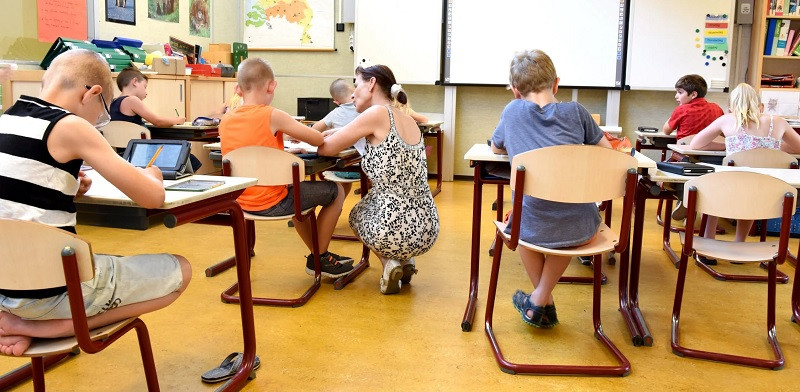
Also It is important that children know that bullying is not only limited to beatings and physical attacks that everyone can see at recess or in the classroom, but there are also more subtle forms of violence that are put into practice with the aim of harming the victim as much as possible. For example, the emergence of new forms of communication using smartphones has made it possible for bullying to also practice new forms of harassment that tend to have more harmful effects on the life and mental health of the victim, such as spreading videos or photographs. humiliating of the victim.
In addition to that, it is of great importance to educate children and students so that not only do they not harass their classmates, but also, if someone is harassed, report it as soon as possible to teachers or parents.
2. Improve school lines of communication
Working to ensure that the school has different lines of communication through which victims can ask for help confidentially and safely will allow us to improve the school’s surveillance in detecting cases of bullying as quickly as possible.
Have lines of communication available to detect cases of bullying It means talking to children frequently about their feelings and daily experiences at school, as well as always being willing to listen to them, something that both parents and educators can do.
Likewise, we can also work to improve existing lines of communication, paying special attention to the health of children and whenever there is a problem with one of them.
3. Promote positive values
The positive values of coexistence and interpersonal relationships at school, such as inclusion, tolerance, solidarity and camaraderie among students, constitute one of the best ways to prevent cases of bullying in the classrooms.
In order to achieve this goal It is important to create examples and references among students since children learn good and bad behaviors from the models they receive from both their parents and teachers.
The work of teachers when acting as role models can also be achieved by valuing the good behavior of students who follow this line, making them feel proud of behaving this way and punishing the slightest hint of bullying behavior whenever it occurs.
4. Train school staff
Another of the most useful strategies that we can put into practice to combat bullying is to train school staff in the early detection of signs of bullying, and in the activation of standardized protocols to eradicate it and properly care for the victim
Currently there are a wide variety of institutions specialized in the training and education of educators to combat bullying that can teach us the main tools and strategies that will allow us to be prepared and act diligently when these types of cases appear. .
5. Discourage spectators
Psychological professionals agree that the majority of cases of bullying are possible thanks to the participation of other students who act as spectators of the bullying, laugh at it or remain without doing anything about it to stop it.
Discouraging the appearance of these bystanders is also one of the best ways to end harassment, something that the Finnish government has been putting into practice for several years with the KiVa method
The KiVa method is a common tool in the Finnish education system, considered one of the best in the world, and focuses on educating students not to encourage the bully, or offer any type of recognition for their actions, so that he is left without incentives to harass.
In short, the KiVa method prevents the rest of the classroom from thanking the bully and participating in bullying the victim, a strategy that has managed to eradicate bullying in up to 80% of Finnish educational centers.
- You may be interested: “The KiVa method, an idea that is ending bullying”
6. Promote integration
Encourage the most vulnerable children to carry out social activities of all kinds according to their interests or hobbies is also a good way to prevent bullying.
Helping them participate in activities that make them happy such as sports, swimming, singing, painting, youth groups or music bands will contribute enormously to increasing the child’s self-esteem, improving their emotional health and allowing them to know people your age with your same interests.
Likewise, it is important to educate children to understand the differences and samples of cultural diversity that exist among members of the same class In this way, situations of social isolation are avoided, which favor cases of bullying by creating the figure of the defenseless victim with whom there is no empathy.
All of this together contributes to preventing bullying and acts positively on the child’s personality.
Are you looking for professional psychological assistance?
If you want to have psychology services in the educational or family context, contact us.
In Psychoconsulting We offer therapy and advice services for individuals and companies, either in person in Barcelona or online by video call.

